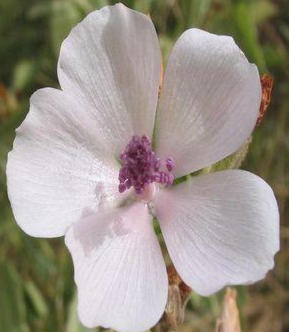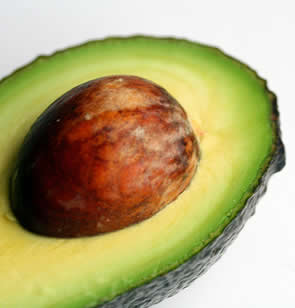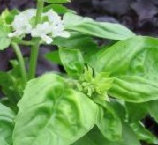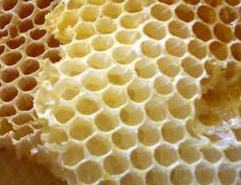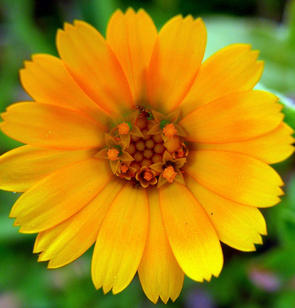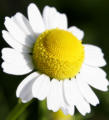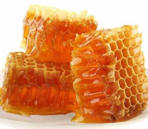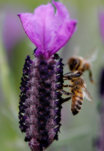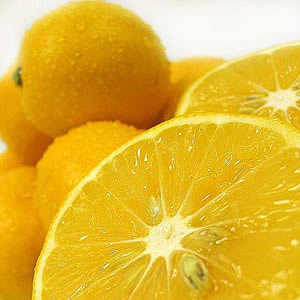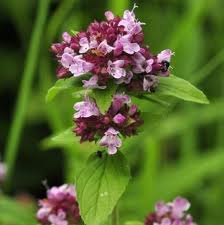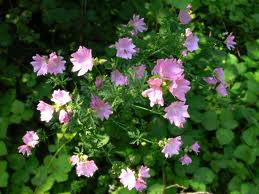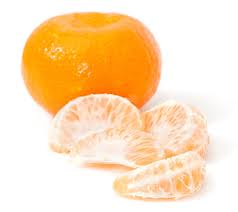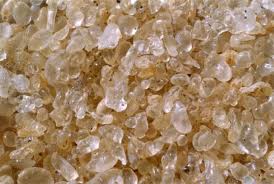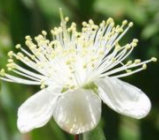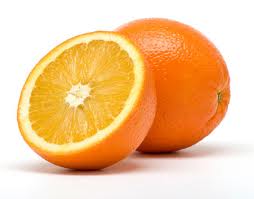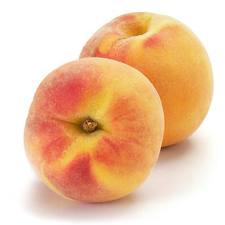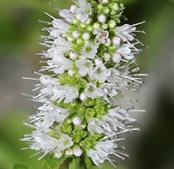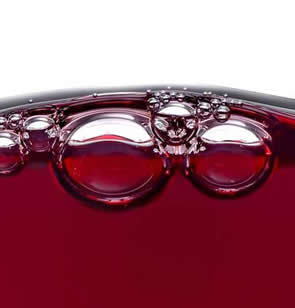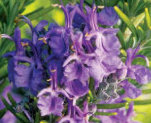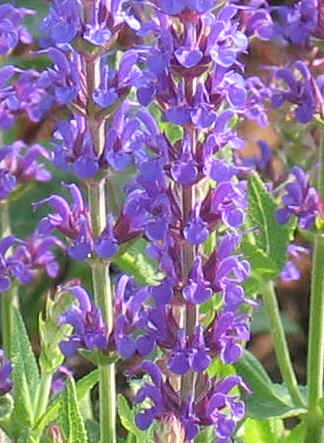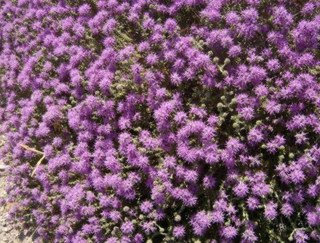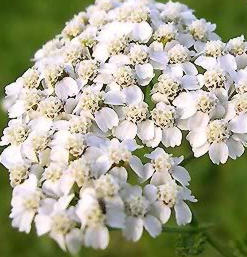
Dittany (Origanum Dictamnus)
Origanum dictamnus (dittany of Crete), known in Cretan dialect Έρωντας (erontas, "love"), is a healing, therapeutic and aromatic tender perennial plant that only grows wild on the mountainsides and gorges of the Greek island of Crete, Greece.
|
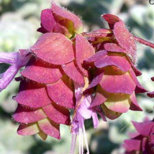 |
In Ancient Greece, Hippocrates prescribed plant cures to aid all manner of ailments, and considered dittany of Crete useful for stomach aches and complaints of the digestive system and as a poultice for healing wounds, as well as inducing menstruation. The Greek philosopher Aristotle in his work The History of Animals wrote: "Wild goats in Crete are said, when wounded by arrow, to go in search of dittany, which is supposed to have the property of ejecting arrows in the body." Said to symbolize love and to be an aphrodisiac, only the most ardent young lovers scrambled on mountainsides and the deep gorges of Crete gathering bunches of the pink blooms to present as love tokens. Even in recent times, the collection of dittany of Crete was a very dangerous occupation for the men who risked life and limb to climb precarious rock faces where the plant grows wild in the mountains of Crete.
Health Benefits & Modern Medicinal uses
Dittany has antibacterial, antifungal and antimicrobial properties due to the phenol carvacrol. It has been used as an antirheumatic, oxytocic, stomachic and vulnerary. On the Island of Crete it is considered as a "miracle cure all" local remedy for almost everything (sore throat, cough, menstrual pains, aching stomach, hypertensive, diuretic, helps at child birth, cures wounds, etc.)
Dittany of Crete has always been highly prized and is gathered while in bloom in the summer months. It is exported for use in pharmaceuticals, perfumery and to flavor drinks such as vermouth and absinthe. It is also one of the herbs in Benedictine liquor. It has a pleasant aromatic flavor, especially when mixed with parsley, thyme, garlic, salt and pepper. The flowering tops are dried and brewed into a herb tea.
As a medicinal plant, the herb has been utilized to heal wounds, soothe pain, and ease childbirth. The root was used as a salve to treat sciatica and the juice was consumed in wine to cure snake bites. Additionally, it was used as a remedy against gastric or stomach ailments and rheumatism. Dittany as a warm drink was used as anticonvulsive, to strengthen the heart muscles and arteries and as a menstrual tonic and when mixed with cinnamon and honey, it sooths cough.
Externally is used as a poultice on wounds and bruises. Often used in cosmetics industry, to nourish and hydrate dry, dehydrated skin. Great interest has been shown in the natural beauty remedies made using Dittany of Crete. The rejuvenating anti-aging facial treatments and anti-cellulite body creams are proving to be the newest, most groundbreaking and most talked about innovative beauty products today.
Dittany of Crete has been scientifically tested as an effective treatment for skin conditions, for anti-aging, and helping reduce cellulite.

